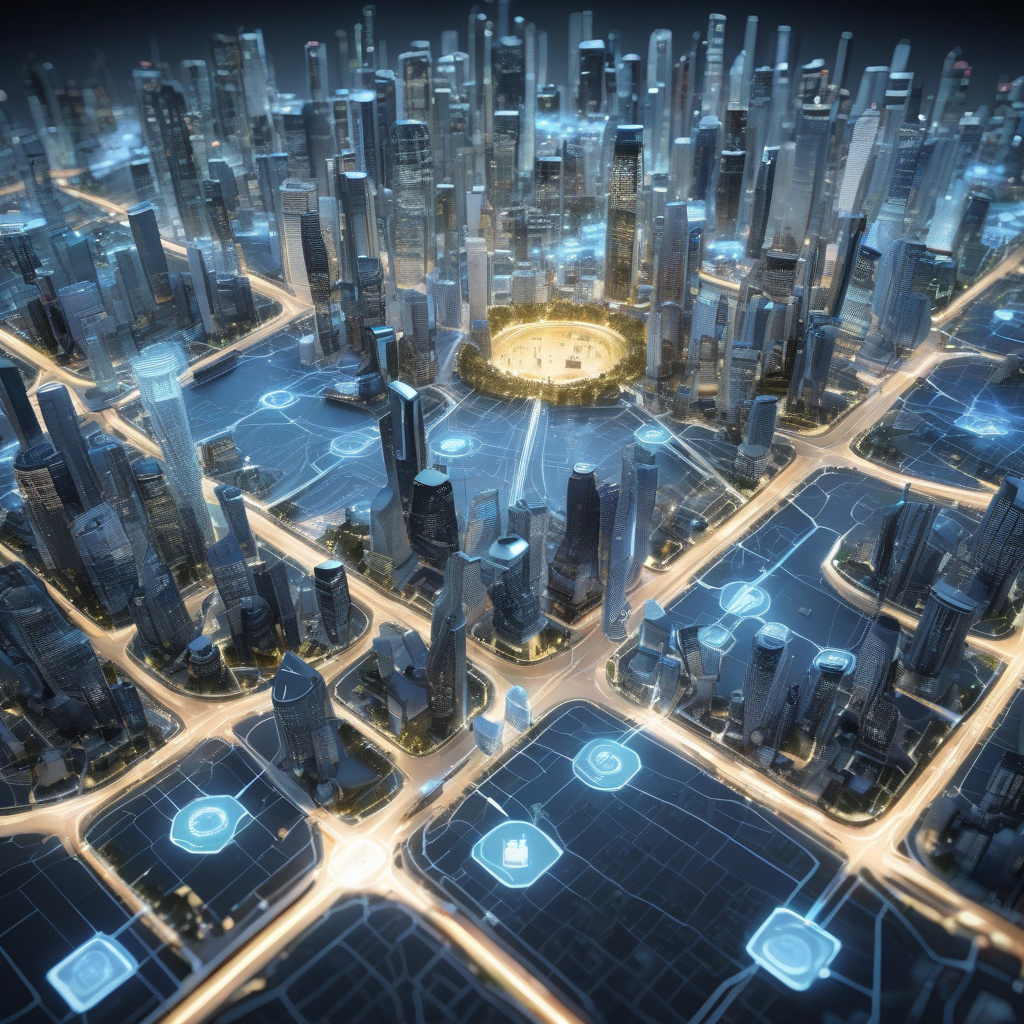In the rapidly evolving landscape of technology, the advent of interconnected systems like the Internet of Things (IoT), Internet of Everything (IoE), and smart cities has brought immense benefits and conveniences. However, with these advancements come significant cybersecurity challenges that cannot be ignored. Dr. Kashif Naseer Qureshi sheds light on some of the top concerns surrounding cybersecurity in these networks.
One of the primary reasons why cybersecurity is a top priority in IoT and smart cities is the sheer volume of interconnected devices. These devices, ranging from sensors and cameras to smartphones and appliances, create a vast attack surface for cybercriminals to exploit. With each device potentially serving as a gateway to sensitive data or critical infrastructure, the risk of a cyber breach increases exponentially.
Moreover, the diverse nature of IoT devices and the lack of uniform security standards further exacerbate the cybersecurity risks. Unlike traditional IT systems that often have standardized security measures in place, IoT devices vary greatly in terms of manufacturers, communication protocols, and security features. This diversity makes it challenging to implement consistent security practices across all devices, leaving vulnerabilities that can be exploited by malicious actors.
In the context of smart cities, where various systems such as transportation, energy, and healthcare are interconnected to improve efficiency and quality of life, the stakes are even higher. A cyber attack on a smart city’s infrastructure can have far-reaching consequences, disrupting essential services and putting public safety at risk. For example, a hacker gaining access to traffic control systems could cause chaos on the streets, leading to accidents and gridlock.
Furthermore, the massive amounts of data generated by IoT devices in smart cities pose a significant privacy concern. Personal information collected by sensors and cameras can be vulnerable to data breaches if not adequately protected. In a smart city environment, where data is constantly being exchanged between devices and systems, ensuring the confidentiality and integrity of this data is crucial to maintaining trust among residents and stakeholders.
To address these cybersecurity challenges, stakeholders in IoT and smart city ecosystems must prioritize security at every level of design and implementation. This includes incorporating encryption protocols, implementing access controls, regularly updating software and firmware, and conducting thorough security audits and testing. Collaboration between device manufacturers, service providers, government agencies, and cybersecurity experts is essential to establish robust defense mechanisms against evolving threats.
In conclusion, the proliferation of interconnected systems in IoT and smart cities offers tremendous opportunities for innovation and growth. However, these benefits can only be fully realized if cybersecurity remains a top priority. By understanding the unique challenges posed by these networks and taking proactive measures to mitigate risks, we can create a safer and more secure environment for the connected world to thrive.
To delve deeper into the complexities of cybersecurity in IoT and smart cities, you can refer to Dr. Kashif Naseer Qureshi’s insights in the article “Why cybersecurity is a top priority in IoT and smart cities” on Silicon Republic.

